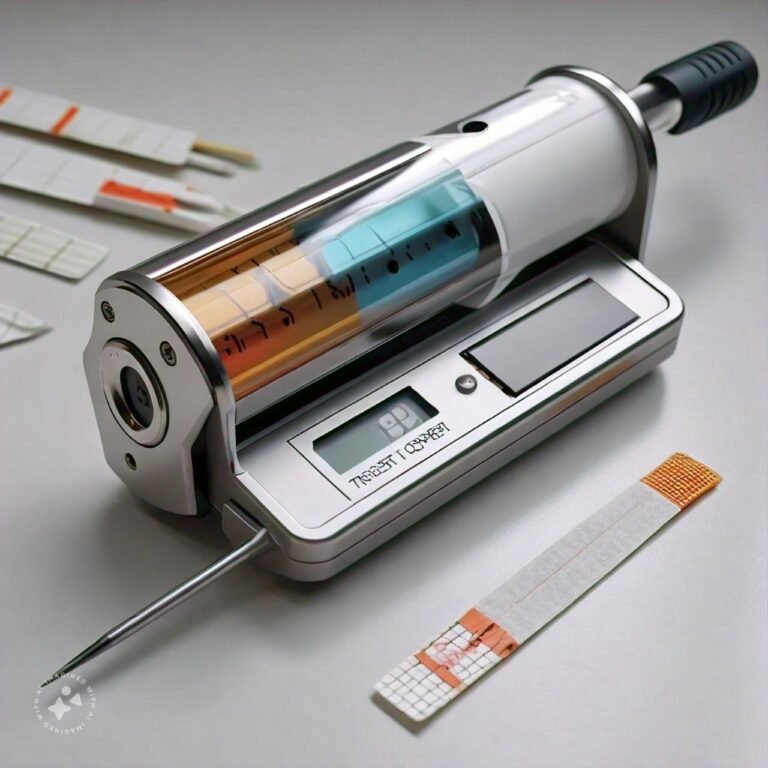Master the TABE: Free Practice Tests and Prep Tools
Understanding the TABE Test
The TABE practice test is designed to assess your knowledge and skills in three main areas: Reading, Mathematics, and Language. It serves as a diagnostic tool for adult learners, measuring skills at the basic, intermediate, and advanced levels. The test is widely used by educational institutions and employers to assess readiness for further study or training.
Sections of the TABE:
1.Reading Comprehension: Tests the ability to understand and analyze written texts, including finding main ideas, identifying supporting details, and understanding vocabulary in context.
2. Mathematics Computation: Assesses your knowledge of basic arithmetic, including addition, subtraction, multiplication, and division, as well as more advanced topics like fractions and percentages.
3. Language: Evaluates your command of grammar, punctuation, sentence structure, and writing mechanics.
By focusing on these areas, you can target your study sessions effectively, making use of TABE practice tests to track your progress and identify gaps in your knowledge.
Why Use a TABE Practice Test?
A TABE practice test provides you with an excellent opportunity to familiarize yourself with the types of questions that will appear on the real test. Practice tests are crucial for several reasons:
- Identifying Strengths and Weaknesses: Taking a practice test helps you pinpoint areas where you excel and areas that require improvement. For example, you might discover that you are confident in reading comprehension but struggle with specific math problems.
- Familiarizing Yourself with the Test Format: Each section of the TABE has a specific format and question style. By completing practice tests, you will become accustomed to the types of questions, pacing, and structure. This familiarity reduces test-day anxiety and helps you manage your time better.
- Building Confidence: Regular practice boosts your confidence. When you take practice tests and see improvement, it encourages you to continue studying and practicing.
- Improving Test-Taking Skills: Beyond the content, practice tests also help you develop strategies for answering multiple-choice questions, managing time efficiently, and reviewing your answers.
Free TABE Practice Tests: How to Use Them Effectively
Finding and utilizing free TABE practice tests is a crucial step in your preparation. Here’s how to make the most out of these free resources:
- Take Initial Diagnostic Tests: Begin by taking an initial practice test to assess your current level. Don’t worry about getting everything correct; the goal is to identify areas where you need to focus your study efforts.
- Review Your Results Thoroughly: After completing a TABE practice test, review your answers, especially the incorrect ones. Understand why the correct answer is right and why your chosen answer was wrong. This will help you avoid similar mistakes in the future.
- Use Practice Tests to Focus Your Study: Once you’ve identified your weak areas, focus your study on those topics. For example, if you struggle with fractions, spend more time working on practice problems that involve fractions.
- Set a Schedule for Regular Practice: Consistency is key to improvement. Set aside dedicated time to complete practice tests and review your results. Aim for at least one full practice test per week in the months leading up to your official TABE test.
- Track Your Progress: Keep a record of your practice test scores over time. This will help you see how much you’ve improved and give you a sense of accomplishment.
Test Day Tips: How to Succeed on the TABE
Once you’ve completed several TABE practice tests and reviewed your study materials, you’re ready to tackle the real test. Here are some final tips to help you succeed:
- Get Plenty of Rest: A well-rested mind performs better. Ensure you get a good night’s sleep before the test.
- Eat a Healthy Meal: Eating a balanced meal before the test can help maintain your energy and focus.
- Stay Calm and Confident: Trust in your preparation. Stay calm, read each question carefully, and manage your time effectively.
- Don’t Rush: Take your time on each section. If you don’t know an answer, move on and return to it later if you have time.
- Review Your Answers: If time permits, go back and review your answers, especially in the Reading and Language sections, where small mistakes can have a big impact on your score.
Conclusion
Mastering the TABE test doesn’t have to be a daunting task. By utilizing free TABE practice tests, study guides, and other prep tools, you can build the skills and confidence needed to succeed. Practice regularly, track your progress, and stay focused on your goals. With dedication and the right resources, you’ll be well on your way to achieving your best score on the TABE.







